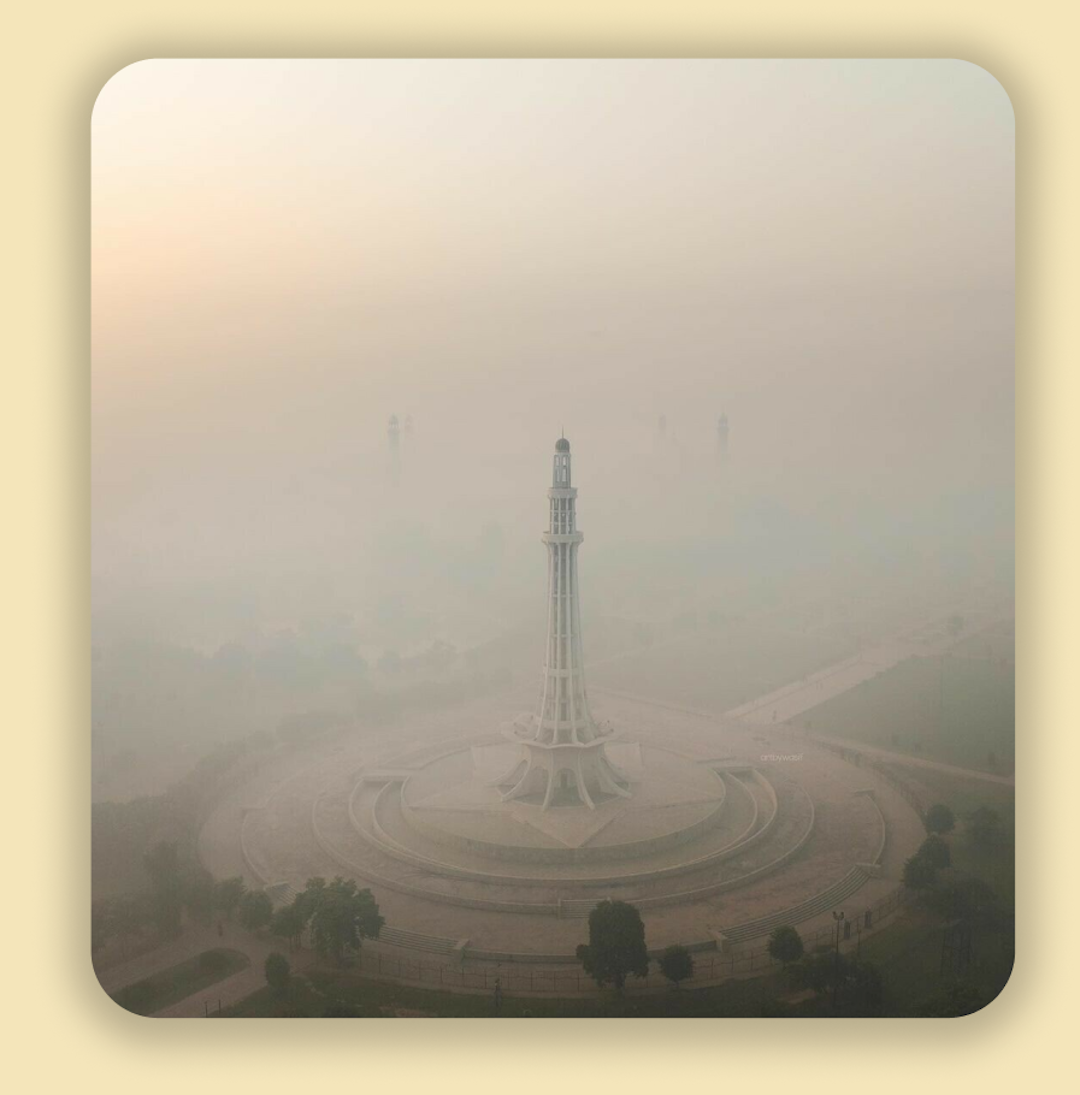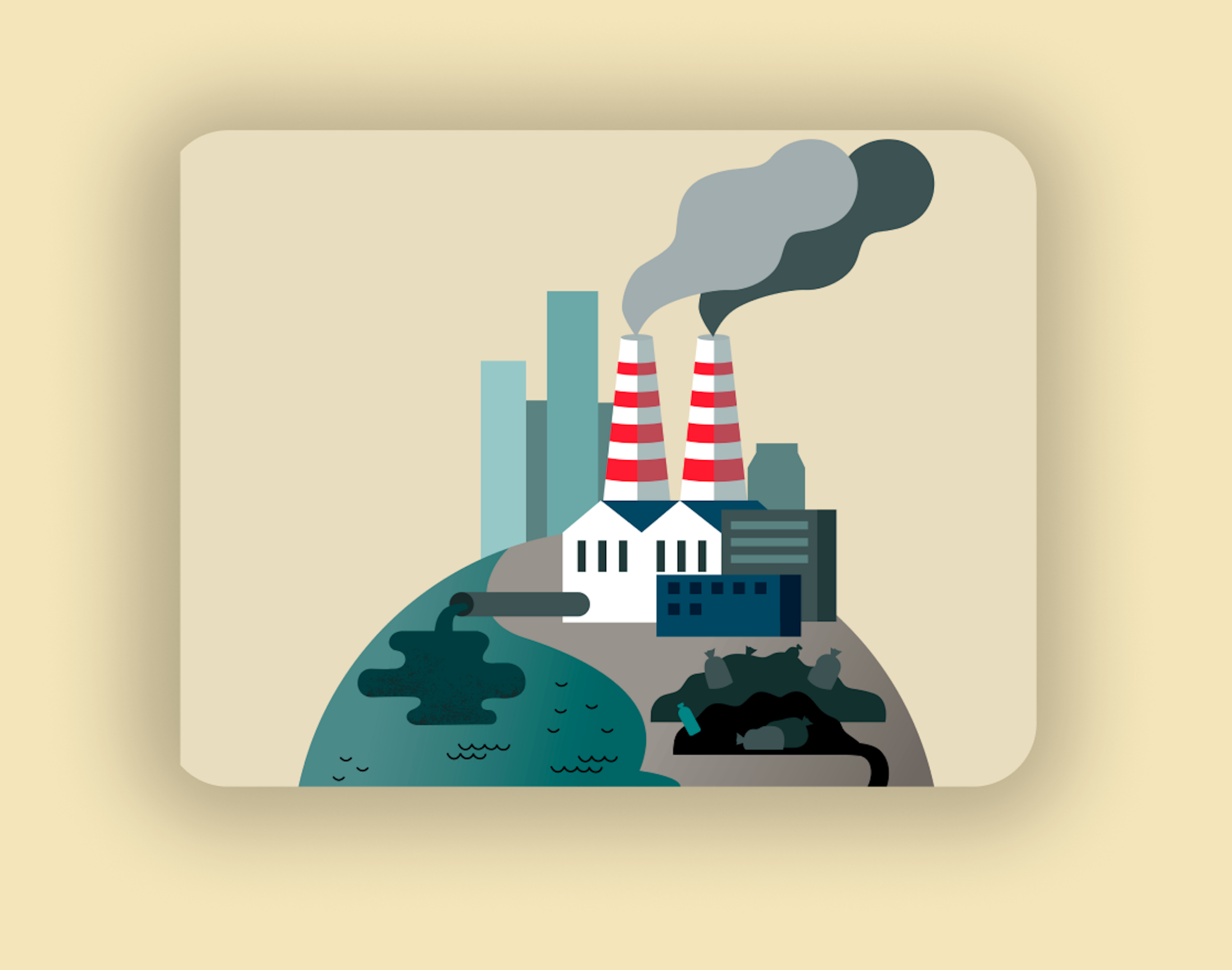
The Pakistan of Tomorrow
A Clearer Vision for Pakistan’s Future
The Pakistan of Today
Pakistan’s air pollution crisis is worse than we can truly
measure. Major cities like Lahore and Karachi frequently
rank among the most polluted in the world, their skies
choked with smog and their citizens plagued by respiratory
diseases. Yet, the full extent of this disaster remains
unknown. Traditional pollution monitoring relies on
expensive, infrastructure-heavy sensor networks, making
widespread deployment nearly impossible. As a result, rural
areas: where pollution from brick kilns, uncontrolled
agricultural burning, and industrial runoff persists—are
left out of policy-making. Without comprehensive data, we
are blind to the true scale of the problem, and without
knowledge, we remain powerless to act. How many communities
are suffering in silence, unknowingly breathing in toxic air
that will shorten their lives? How many forests have burned
without immediate detection, transforming the green
landscape barren. The lack of real-time, localized
monitoring has left Pakistan vulnerable, not only to the
pollution we see but also to the invisible threats that
remain undetected. Yet, even in this grim reality, there is
hope.
The Pakistan of Tomorrow
A future where every breath is cleaner. The solution lies in
innovation—specifically, in spectral analysis. Unlike
traditional pollution detectors, spectrometers are
continuous, cost-effective, and capable of detecting
pollutants at concentrations imperceptible to ordinary
sensors. By deploying spectral analysis for pollution
detection, we can create a network that is not only more
accurate but also scalable. This means rural communities,
often ignored due to infrastructure limitations, can finally
have real-time pollution data, since a single spectrometer
can serve a much larger area, whereas an ordinary detector
services a couple square meters. Thus significantly
influencing policy decisions. No longer will vast regions be
left unmonitored and unprotected. Moreover, the benefits of
spectral monitoring extend beyond pollution detection. In
2024 Pakistan suffered the most amount of Wild-fires ever
recorded in a single year. By identifying changes in
atmospheric composition in real time, these systems can
detect wildfires at their earliest stages, preventing
disasters before they spread. With every advancement, we
move closer to a Pakistan where air quality is not a
mystery, where pollution is actively fought, and where the
environment is protected—not just for us, but for future
generations. The Pakistan of tomorrow is not just a dream;
it is a reality we are building today.

Live
Explore Real-time Air Quality Data
Explore Real-time Trends of Airborne Pollutants for a Cleaner Future
Stay informed with our dynamic graphical representations of
pollutant levels. Updated in real-time, these insights empower
you to understand air quality trends and their implications for
health and the environment.

Live Pollutant Levels: Stay Informed About Air Quality in Real-Time
Explore our comprehensive data tables showcasing real-time
concentrations of various pollutants. Filter by location and
pollutant type to gain insights into air quality in your area.

Monitoring
Understanding Real-time Pollution Detection Techniques
Our advanced spectrometry techniques enable the continuous
monitoring of airborne pollutants. By analysing light spectra, we
can accurately identify and quantify harmful particles in
real-time.

Data Collection and Processing Explained
Data is collected through spectrometers, that relay continuous
data, which is processed and then presented in an accessible
format

Displaying Real-time Data to Users
Processed data is visualised through interactive platforms for
easy access.

Innovative Techniques for Accurate Measurements
Our methods ensure precise detection of PM2.5 levels
as well as other pollutants.
